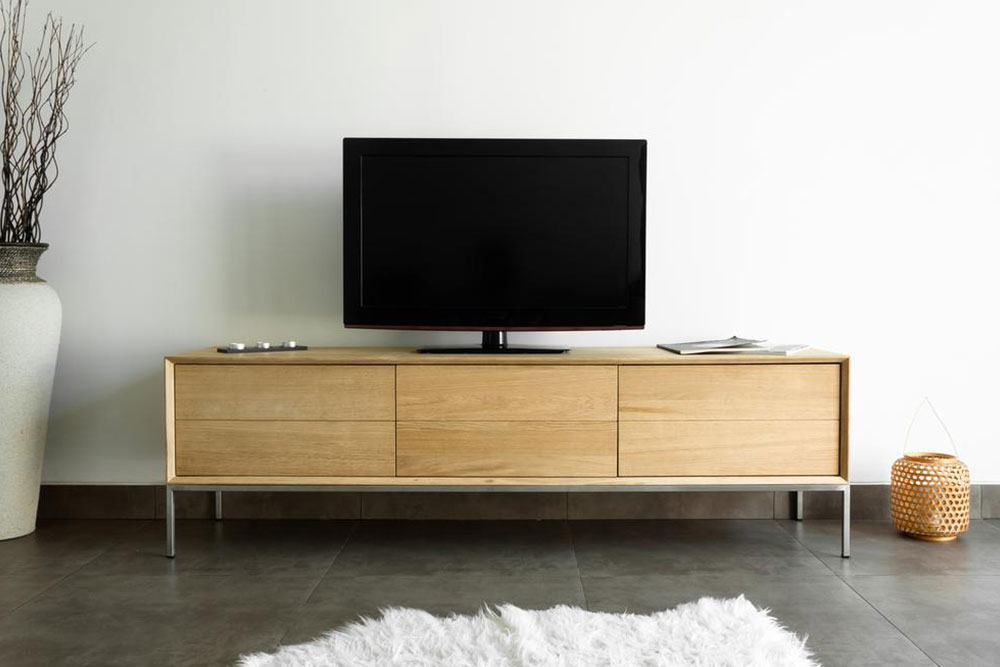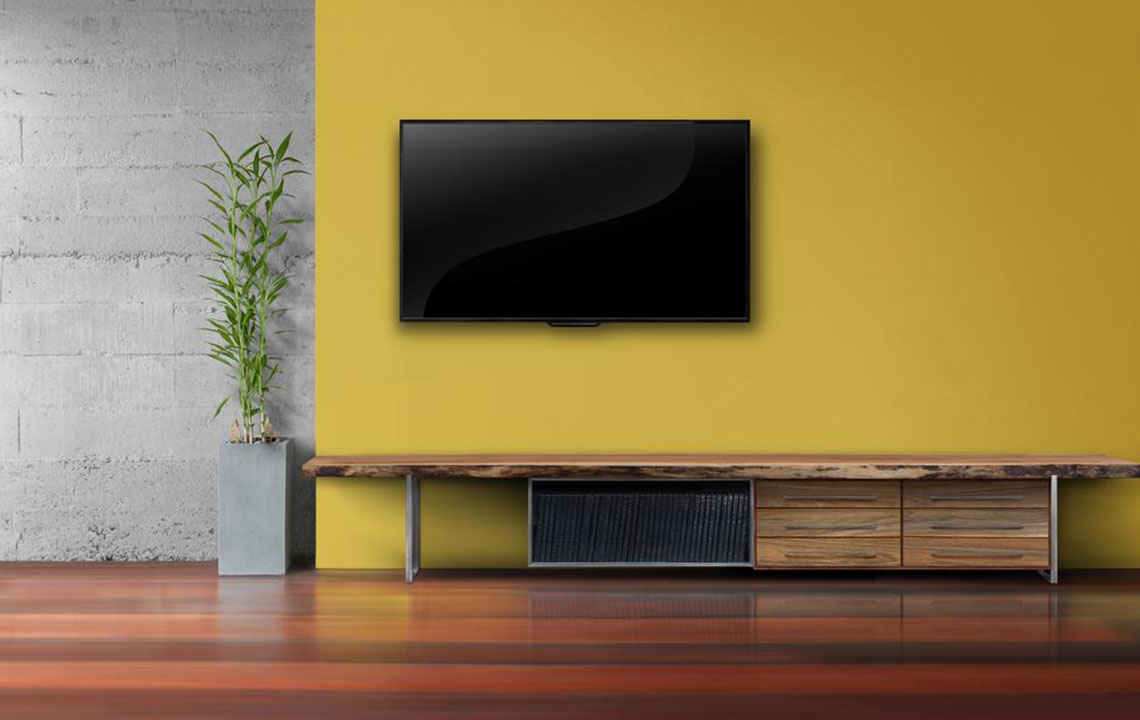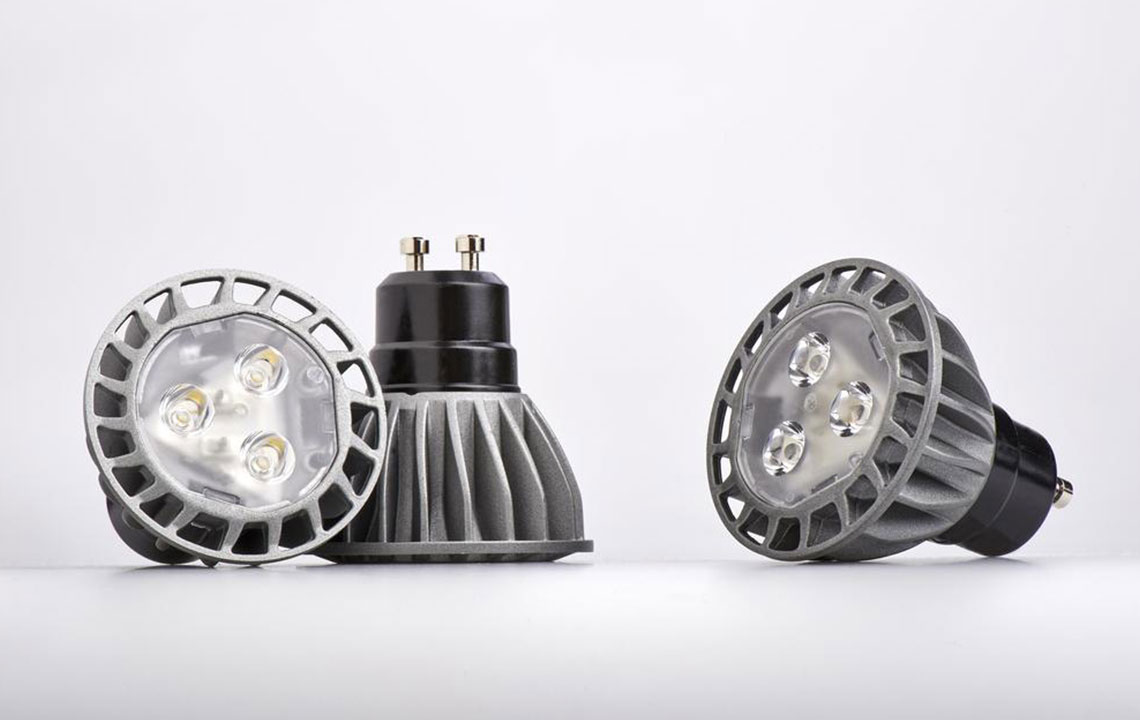Comprehensive Guide to Choosing the Ideal LED Television for Your Home
Choosing the perfect LED TV involves evaluating resolution, size, smart features, HDR technology, and connectivity. This comprehensive guide offers valuable tips for selecting a model that fits your space and entertainment needs. Learn how to assess technical specifications, understand the importance of viewing distance, and find the best features for an immersive viewing experience. Whether upgrading or buying a new TV, this article ensures you make an informed decision with confidence, balancing quality and cost-effectiveness for long-term satisfaction.

Essential Factors to Consider When Selecting an LED TV
Investing in the perfect LED television can transform your entertainment experience, but with so many options available in the market, making the right choice requires careful consideration. A well-informed purchase balances your budget with the features that matter most, ensuring you enjoy movies, shows, and gaming in stunning visual quality. This comprehensive guide offers insights into key aspects you should examine before buying an LED TV, helping you make a confident and satisfying decision. Whether you are a tech enthusiast or a casual viewer, understanding these core elements will empower you to select a model that aligns with your needs and living space.
Regardless of your location or budget, considering the following points will guide you toward the best LED TV purchase:
Display Resolution and Picture Clarity
One of the most crucial features to evaluate is resolution. While traditional Full HD (1920x1080 pixels) still delivers impressive clarity, 4K Ultra HD (3840x2160 pixels) has become the gold standard for high-end televisions. The higher the resolution, the sharper and more detailed the images will be, especially noticeable on larger screens or when viewing from a greater distance. If you want an immersive viewing experience with vibrant visuals, opting for a 4K model is highly recommended. Additionally, some newer models support 8K resolution, but their availability and content are still limited, and they tend to be more expensive.
Screen Size and Room Compatibility
The size of your LED TV should harmonize with the dimensions of your living space. Typically measured diagonally, screen size directly influences your viewing comfort. Larger screens are ideal for spacious rooms where viewers sit farther from the TV, while smaller screens suit compact areas. To determine the most suitable size, measure the distance between your seating area and where the TV will be placed. A general guideline suggests that the optimal viewing distance is roughly 1.5 to 2.5 times the screen size. Using online size calculators can help you find the perfect fit, ensuring you enjoy a cinematic experience without overwhelming your room.
Smart Functionality and Operating System
In today’s digital age, smart TVs are increasingly becoming a necessity. These models come equipped with built-in Wi-Fi, enabling you to stream videos, browse the internet, and access apps directly on your television. Platforms such as Netflix, YouTube, Hulu, and Amazon Prime Video are readily accessible, providing a vast library of content at your fingertips. When choosing a smart LED TV, pay attention to the operating system—popular options include Android TV, Roku TV, and proprietary platforms from Samsung and LG. A user-friendly interface and regular software updates enhance your overall experience, making entertainment more convenient and versatile.
High Dynamic Range (HDR) Technology
HDR technology enhances the color and contrast of images, resulting in more vibrant and lifelike visuals. When combined with 4K resolution, HDR significantly boosts image quality, especially in scenes with high contrast, such as sunsets or dark scenes with bright objects. It provides a more dynamic viewing experience, making movies and games appear more realistic. When selecting a model, check whether it supports HDR standards like HDR10 or Dolby Vision, as these features add value and improve picture quality considerably. Keep in mind that higher HDR performance typically correlates with a higher price point.
Connectivity Options and Ports
For seamless integration with your existing devices, ensure the LED TV has sufficient and accessible connectivity options. Essential ports include HDMI for connecting gaming consoles, Blu-ray players, and soundbars; USB ports for playback of media files; and audio jacks or optical outputs for sound systems. Many modern TVs also support Bluetooth, allowing wireless connection with headphones, speakers, or keyboards. When considering the model, verify the placement of these ports—is it easy to reach and connect your peripherals? Rear-mounted ports are ideal for wall-mounted setups, while side ports offer quick access for frequently used devices.
In addition to these technical features, always check reviews, warranty policies, and after-sales service options. Keep an eye on promotional offers and seasonal discounts to maximize value. Remember, the most expensive model isn't always the best choice; prioritize features that match your viewing habits and room layout to get the most satisfying investment.





